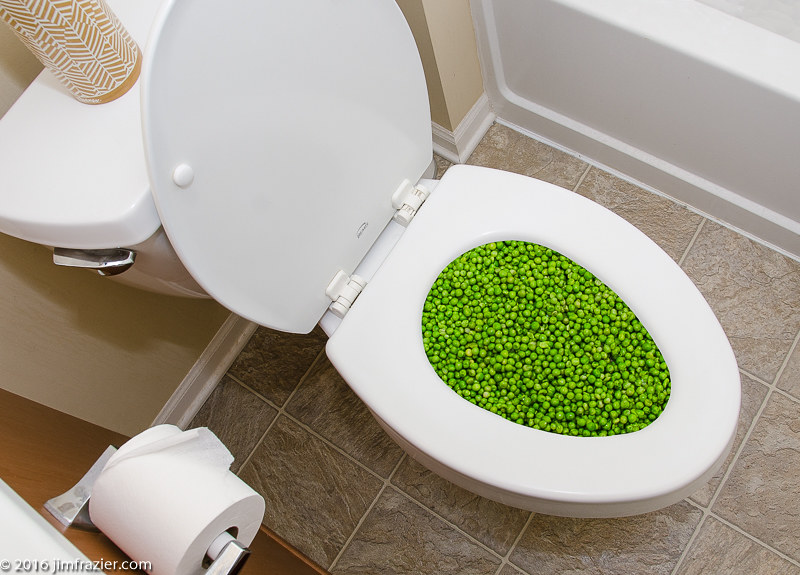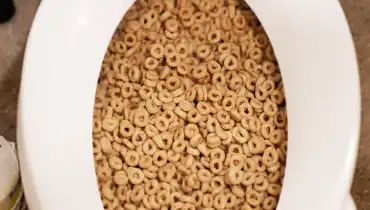We've uncovered this article about Flushing Food Down the Toilet? directly below on the web and think it made perfect sense to quickly share it with you over here.

Intro
Many people are often confronted with the issue of what to do with food waste, specifically when it involves leftovers or scraps. One common concern that develops is whether it's okay to purge food down the bathroom. In this article, we'll delve into the reasons why people could consider flushing food, the effects of doing so, and alternative techniques for proper disposal.
Reasons why people might take into consideration purging food
Absence of recognition
Some individuals might not recognize the potential harm brought on by purging food down the commode. They may mistakenly believe that it's a safe technique.
Ease
Flushing food down the bathroom might seem like a fast and easy remedy to taking care of unwanted scraps, specifically when there's no neighboring garbage can offered.
Laziness
In many cases, people may simply select to flush food out of large negligence, without thinking about the repercussions of their actions.
Consequences of flushing food down the toilet
Environmental influence
Food waste that ends up in rivers can add to contamination and harm water environments. Furthermore, the water made use of to flush food can strain water resources.
Plumbing concerns
Purging food can bring about blocked pipes and drains pipes, creating pricey pipes repair work and aggravations.
Sorts of food that need to not be flushed
Coarse foods
Foods with coarse appearances such as celery or corn husks can get tangled in pipelines and create clogs.
Starchy foods
Starchy foods like pasta and rice can soak up water and swell, resulting in blockages in pipes.
Oils and fats
Greasy foods like bacon or cooking oils ought to never ever be purged down the commode as they can strengthen and create obstructions.
Proper disposal methods for food waste
Making use of a waste disposal unit
For homes geared up with waste disposal unit, food scraps can be ground up and purged via the pipes system. Nonetheless, not all foods are suitable for disposal in this way.
Recycling
Certain food product packaging products can be recycled, minimizing waste and minimizing ecological effect.
Composting
Composting is an eco-friendly means to deal with food waste. Organic products can be composted and used to enhance dirt for horticulture.
The value of correct waste management
Decreasing environmental injury
Appropriate waste management practices, such as composting and recycling, aid decrease contamination and protect natural resources for future generations.
Safeguarding plumbing systems
By avoiding the practice of flushing food down the commode, house owners can stop costly pipes fixings and keep the integrity of their pipes systems.
Final thought
In conclusion, while it may be tempting to flush food down the toilet for convenience, it is essential to understand the potential repercussions of this action. By taking on appropriate waste administration methods and throwing away food waste properly, individuals can add to healthier pipes systems and a cleaner setting for all.
FLUSH FOOD DOWN THE TOILET?
FLUSHING FOOD CAN CAUSE BLOCKED DRAINS IN YOUR HOME
All of the plumbing fixtures in your home are connected to the same sewer pipe outside of your home. This outdoor sewer pipe is responsible for transporting all the wastewater from your home to the Council sewer mains. Even small pieces of food that go down the kitchen sink can cause problems for your sewer. It should therefore be obvious that flushing larger bits of food, such as meat, risks a clog in either the toilet itself or the sewer pipes. Flushing greasy food is even more problematic because oil coagulates when it cools, coating the interior lining of your pipes.
THE TOILET IS NOT A BIN
Food isn’t the only thing that people shouldn’t be flushing down the toilet. People use the toilet to dispose of all kinds of things such as tampons, makeup wipes, dental floss, kitty litter and even underwear. Water goes to great lengths to educate residents about the high costs and stress placed on wastewater treatment systems simply from people flushing the wrong stuff down the toilet. It costs taxpayers millions of dollars each year, and homeowners thousands in blocked drain repairs.
FLUSHING FOOD IS A WASTE OF WATER
Flushing food is a waste of our most precious resource - water. In June this year Level 1 water restrictions were introduced to protect water supply from drought conditions. Much of New South Wales continues to be affected by prolonged drought with recent figures revealing up to 97 per cent of the state remains in drought. Depending on whether you have a single or dual flush toilet, every single flush uses between five and 11 litres of water. In the current climate this is a huge amount of water to be wasting on flushing food that should be placed in the bin (or better yet, the compost).
https://www.jabplumbingsolutions.com.au/blog/can-you-flush-food-down-the-toilet

Do you enjoy reading up on Is it safe to flush food (especially rice) down the toilet?? Create feedback directly below. We will be happy to see your ideas about this content. In hopes to see you back again later on. Be sure to take the time to share this blog post if you appreciated it. Thank-you for going through it.
Schedule A Service Call
Comments on “Are You Permitted to Flush Food Down the Toilet?”